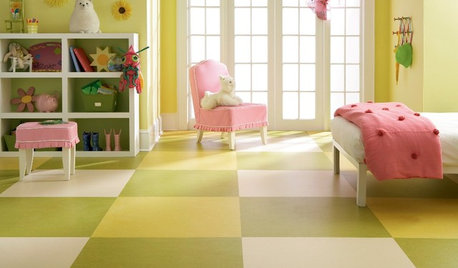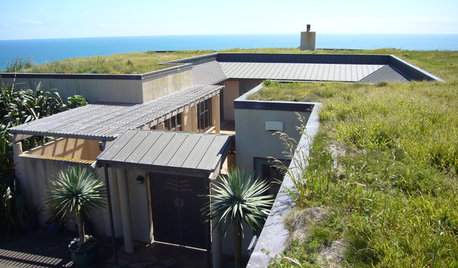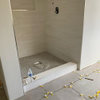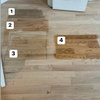HAs anyone put down hardwood floor- not engineered- over vinyl
kruegesm
10 years ago
Featured Answer
Sort by:Oldest
Comments (11)
lazy_gardens
10 years agoVertise
10 years agoRelated Professionals
Bossier City Flooring Contractors · Marlborough Flooring Contractors · Merritt Island Flooring Contractors · Moorhead Flooring Contractors · North Aurora Flooring Contractors · Suwanee Flooring Contractors · Woodbury Flooring Contractors · Corsicana Tile and Stone Contractors · Boardman General Contractors · Delhi General Contractors · Ewing General Contractors · Post Falls General Contractors · View Park-Windsor Hills General Contractors · Welleby Park General Contractors · Travilah General Contractorskruegesm
10 years agosnowbean
10 years agoUser
10 years agosnowbean
10 years agoUser
10 years agoUser
10 years agoglennsfc
10 years agoUser
10 years ago
Related Stories

FLOORS5 Reasons Vinyl Flooring Might Be Right for You
This increasingly popular flooring material has some very real benefits
Full Story
KITCHEN DESIGNThe Cure for Houzz Envy: Kitchen Touches Anyone Can Do
Take your kitchen up a notch even if it will never reach top-of-the-line, with these cheap and easy decorating ideas
Full Story
REMODELING GUIDESWhen to Use Engineered Wood Floors
See why an engineered wood floor could be your best choice (and no one will know but you)
Full Story
HOUZZ TVHouzz TV: This Dream Midcentury Home in a Forest Even Has Its Own Train
Original wood ceilings, a cool layout and, yes, a quarter-scale train persuaded these homeowners to take a chance on a run-down property
Full Story
KIDS’ SPACESWho Says a Dining Room Has to Be a Dining Room?
Chucking the builder’s floor plan, a family reassigns rooms to work better for their needs
Full Story
LAUNDRY ROOMSThe Cure for Houzz Envy: Laundry Room Touches Anyone Can Do
Make fluffing and folding more enjoyable by borrowing these ideas from beautifully designed laundry rooms
Full Story
REMODELING GUIDESThe Case for Linoleum and Vinyl Floors
Have pets, kids and a tight budget? Easy-care resilient floors may be the choice for you
Full Story
GREEN BUILDINGLiving Roofs Put Down Roots
No longer solely the domain of hippies — or hobbits — a green roof can be a hardworking partner in making your house sustainable
Full Story
BEDROOMSThe Cure for Houzz Envy: Master Bedroom Touches Anyone Can Do
Make your bedroom a serene dream with easy moves that won’t give your bank account nightmares
Full Story
MUDROOMSThe Cure for Houzz Envy: Mudroom Touches Anyone Can Do
Make a utilitarian mudroom snazzier and better organized with these cheap and easy ideas
Full Story








glennsfc